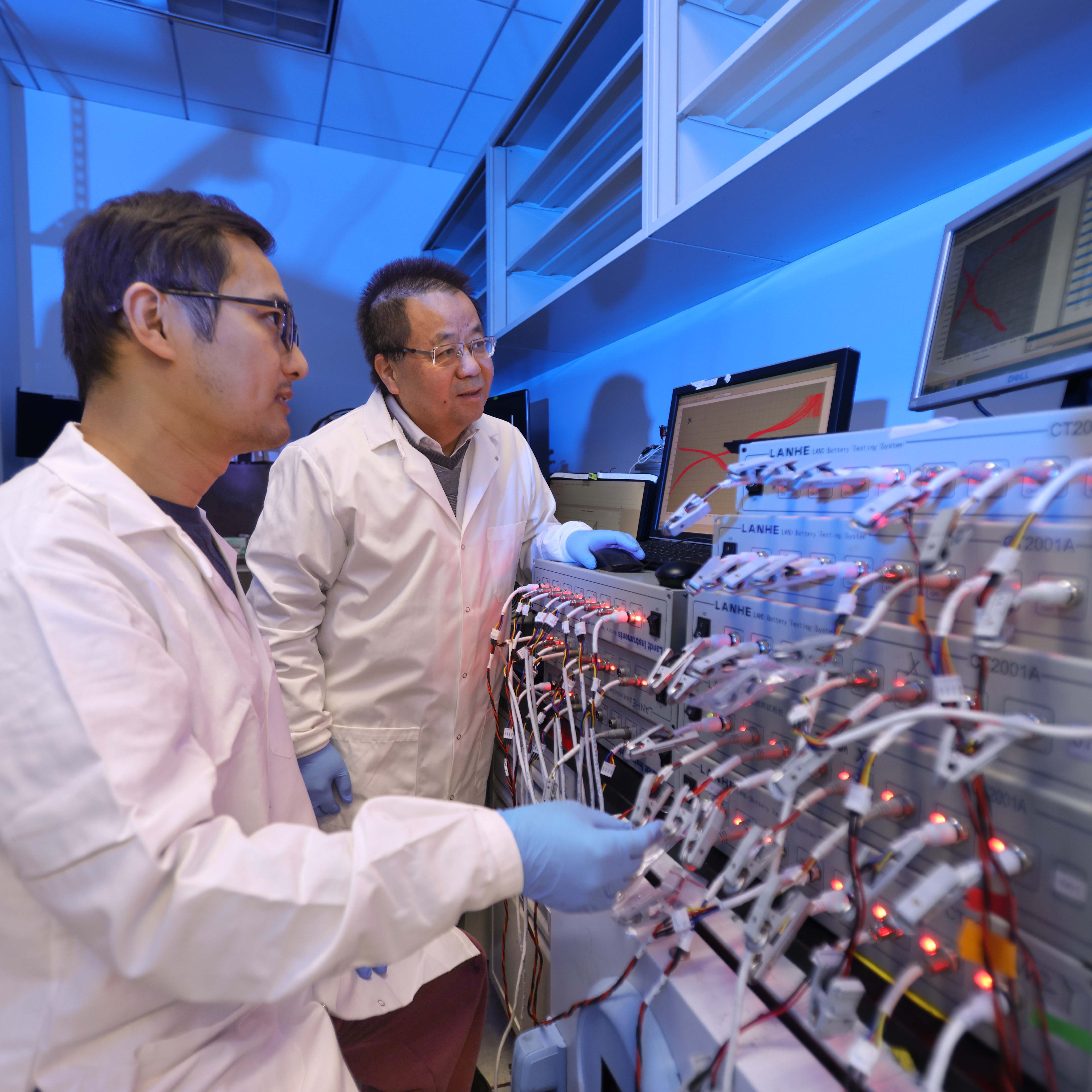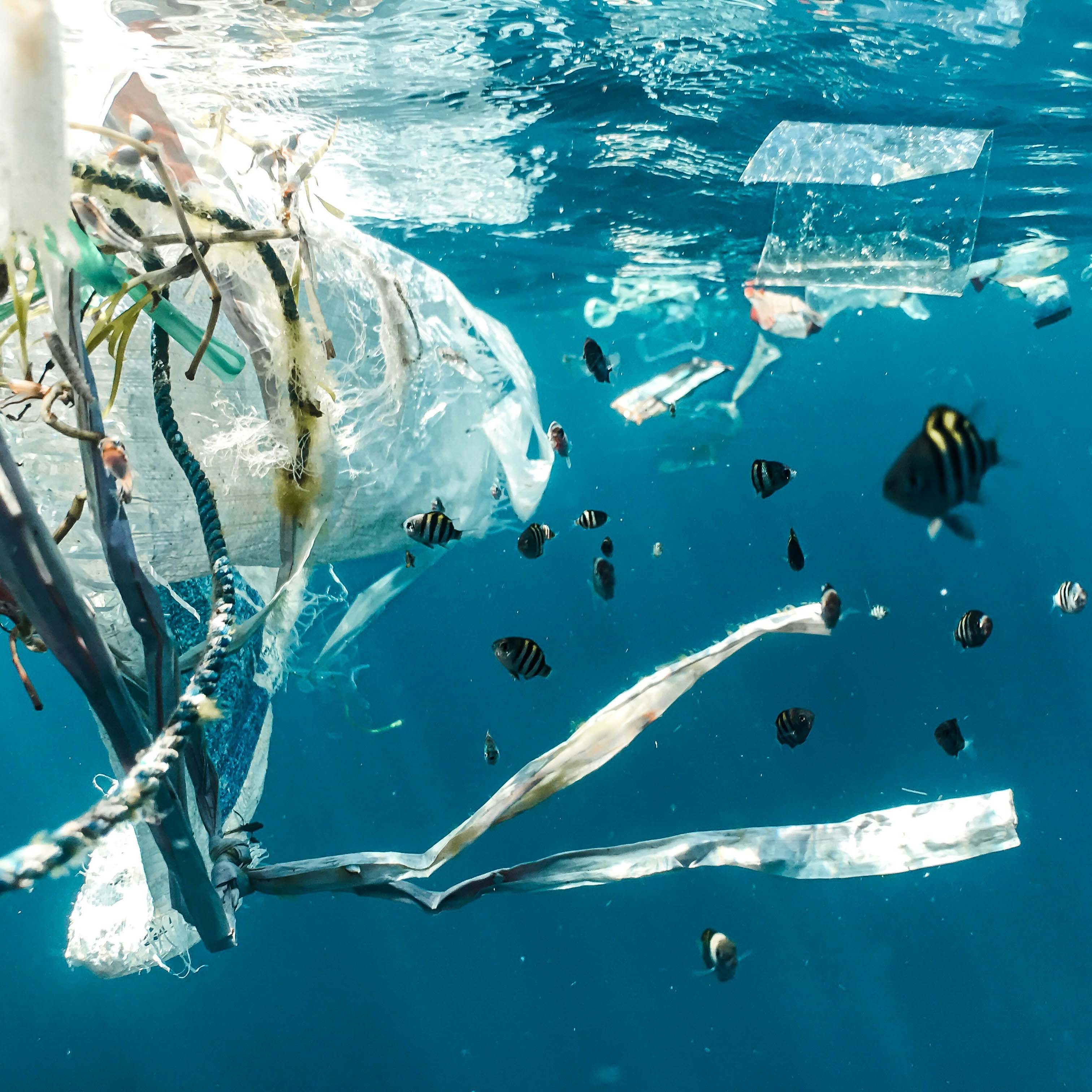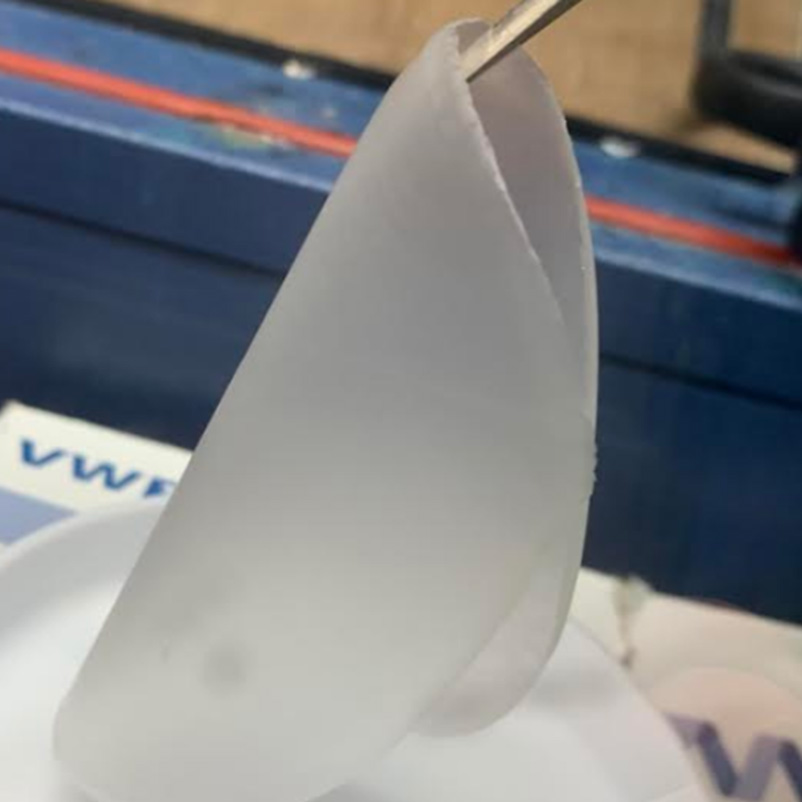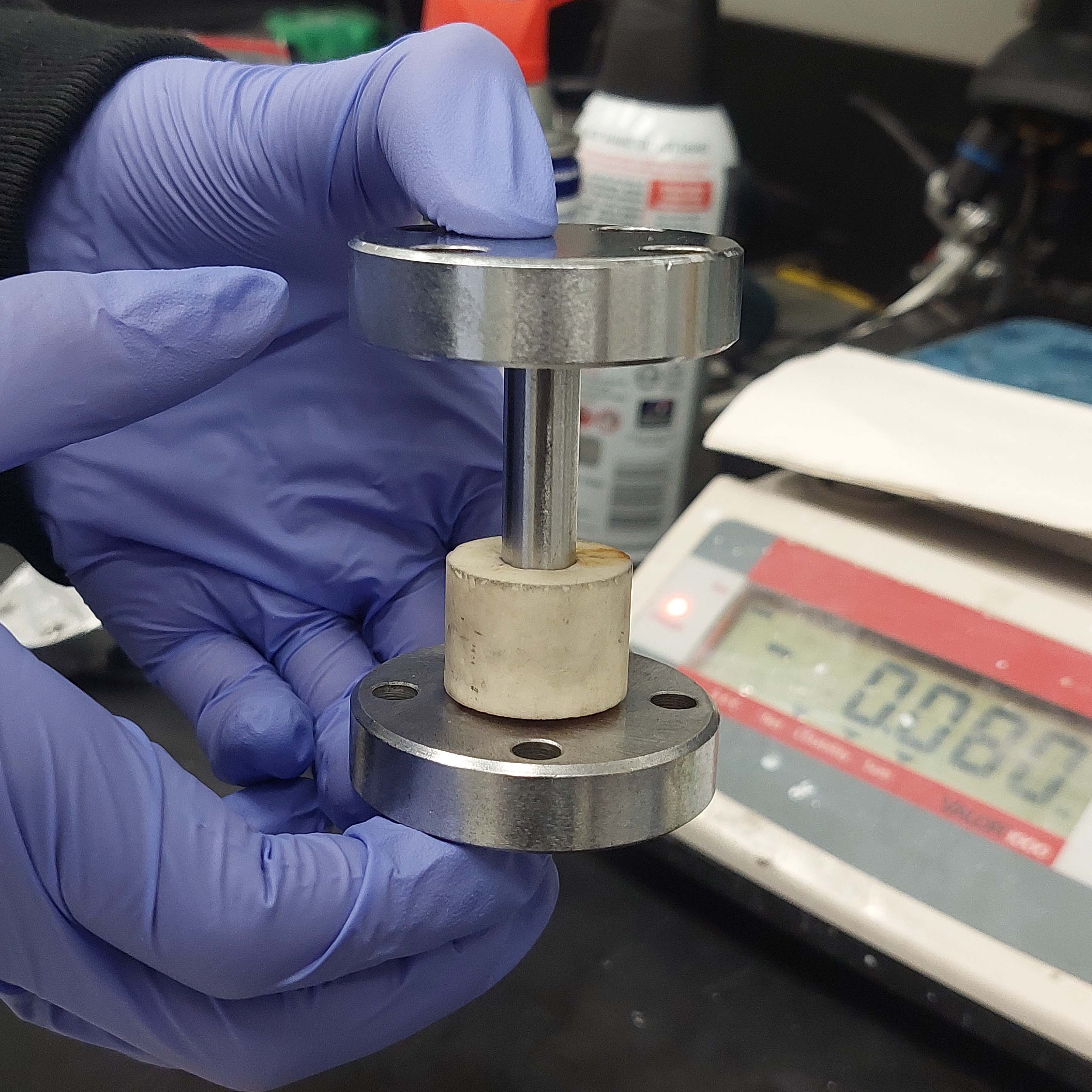News Story
Improving Greenhouse Crop Production Through Systems Biology
A systems biology-based approach to monitoring plant physiology could lead to healthier greenhouse crops with a higher level of quality control, according to recently published research by ChBE adjunct professor Maria Klapa (Head, Metabolic Engineering and Systems Biology Laboratory, FORTH/ICE-HT, Greece) and alumni Bhashkar Dutta and Harin Kanani (both M.S. '04 and Ph.D. '07).
Crops grown in greenhouses, particularly those grown in soil-free hydroponic cultures, are susceptible to changes in the salinity of their water, which may cause stunted growth or other damage as the salt concentration increases. Because water salinity varies by location and over time, it can be difficult to produce crops of consistent size and quality, particularly if a grower maintains facilities throughout the country or around the word.
"Greenhouse owners open the windows when the salinity of the water is high and they sense that the plants are not doing well," Klapa explains. "In automated greenhouses, owners might increase the CO2 concentration in the air inside using a gas feed. In both cases the objective is to promote a higher rate of CO2 fixation, leading to a higher rate of photosynthesis. This promotes the growth of the plants, which counteracts the negative effects of high salinity."
Dutta, Kanani and Klapa translated this empirical knowledge into quantifiable data hydroponic greenhouse owners could use to monitor and maintain the health of their crops with a level of precision not previously available. Klapa believes their findings could be used to identify molecular markers of plant deterioration due to high salinity, which would provide growers with a new way to diagnose and correct problems before visible signs of stress appear and the damage to the plants is irreversible. The markers would be monitored as CO2 is administered, and their behavior would indicate the concentration and duration of treatment required. Fine adjustments based on the analysis of samples taken throughout the growth cycle would allow the plants to steadily mature and maintain their quality even if the salinity of the water they absorb varies.
The team performed their experiments on hydroponic cell cultures of Arabidopsis thaliana, a plant related to mustard, cabbage and radishes that, while not a crop itself, has been used as a model system in biological studies because of its fully-mapped genome and short life cycle.
In what Klapa describes as a "holistic approach," they simultaneously monitored and quantified the effects of high salinity and elevated CO2 concentration both individually and in combination at two levels of cellular function, transcriptional (associated with gene expression) and metabolic (associated with biochemical reaction network activity), using full-genome DNA microarrays and gas chromatography-mass spectrometry metabolomics, respectively.
Their two-pronged method revealed that if salt-stressed plants are compared to salt-stressed plants receiving elevated levels of CO2 in their growth environment, no significant differences in response could be observed at the transcriptional level. The results at the metabolic level, however, told a completely different story. The team found that while the transcriptional response of Arabidopsis to salinity stress is largely independent of CO2 concentration, elevated CO2 administered over a period of 30 hours helped alleviate the negative effects of salt on growth by providing the plants with additional metabolic resources. As a result, the plants can activate all of the processes needed to respond to high salinity without having to sacrifice their growth. The findings allowed Dutta, Kanani and Klapa to explain, at the molecular level, how and why the CO2 treatment worked.
The novel analysis of the data the group collected was made possible through the use of MiTimeS, a software application for the analysis of time-series transcriptional profiling data (gene expression data collected at different growth stages of the plants) Dutta developed as part of his dissertation research while at the Clark School.
Dutta, Kanani, and Klapa's paper, "Individual vs. combinatorial effect of elevated CO2 conditions and salinity stress on Arabidopsis thaliana liquid cultures: Comparing the early molecular response using time-series transcriptomic and metabolomic analyses," was published in BMC Systems Biology in December 2010. The work was ranked among the top 5% of the journal's published submissions for its originality and significance to the field of systems biology, and was subsequently promoted as a Featured Article on the journal's web site for three months.
For More Information:
"Individual vs. combinatorial effect of elevated CO2 conditions and salinity stress on Arabidopsis thaliana liquid cultures: Comparing the early molecular response using time-series transcriptomic and metabolomic analyses." Harin Kanani, Bhaskar Dutta and Maria I. Klapa. BMC Systems Biology 2010, 4:177. Abstract »
Visit Dr. Klapa's FORTH/ICE-HT homepage »
Published March 14, 2011









